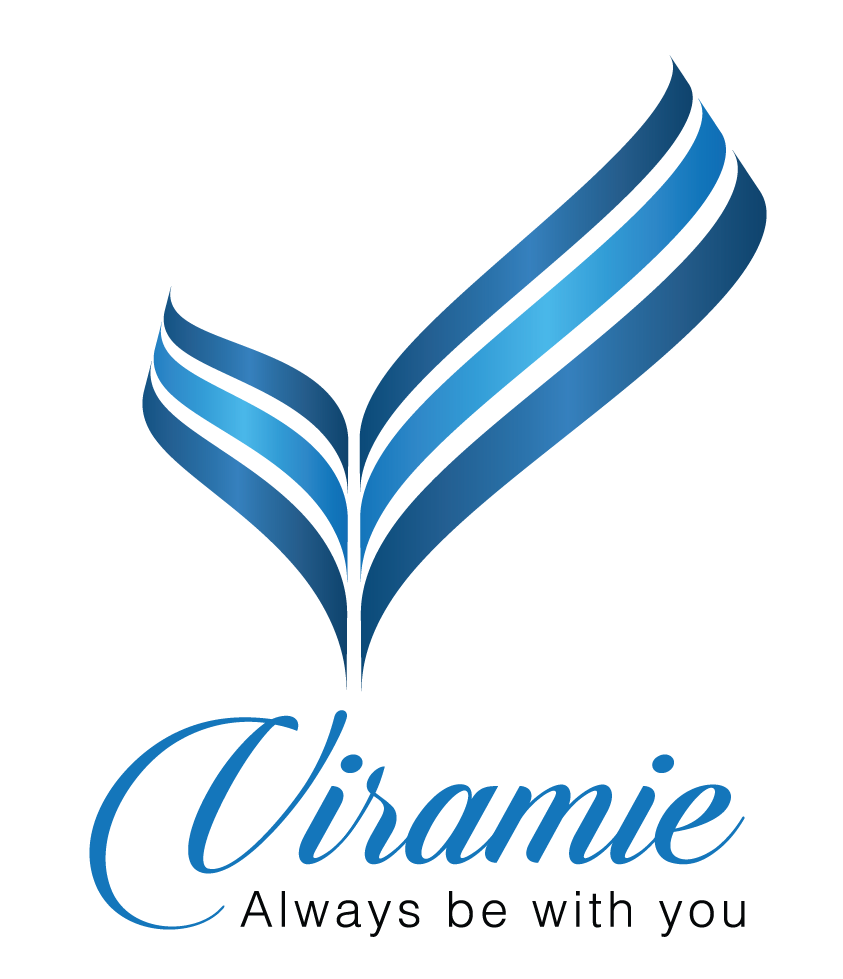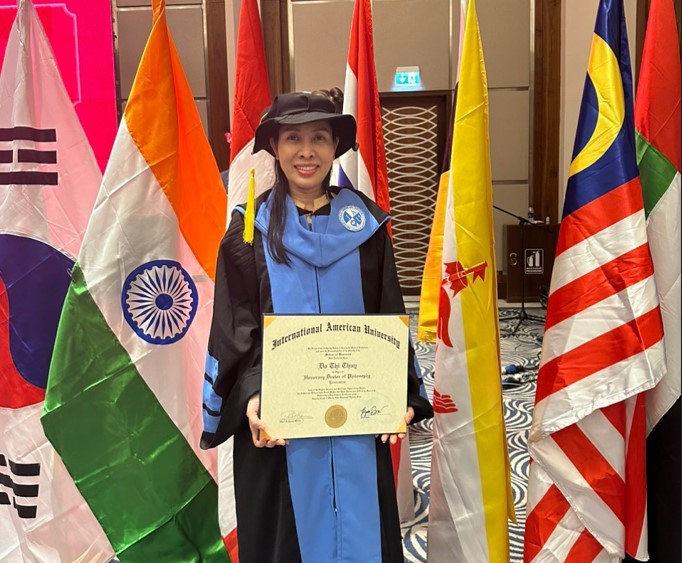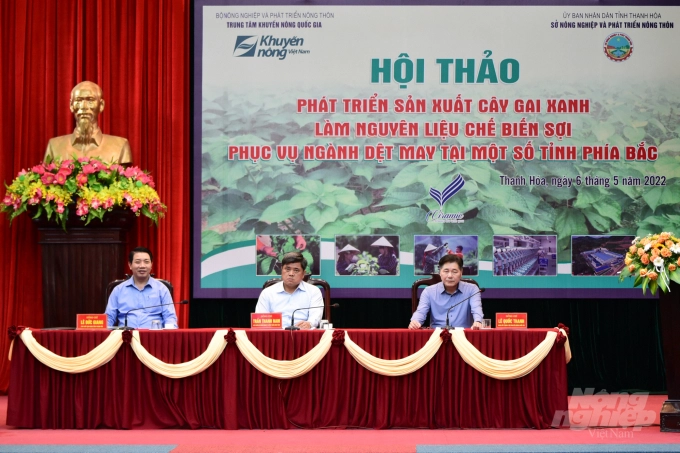(VAN) Ramie grows well in the central province of Nghe An, gives high yield and generates higher income to local farmers than many other crops.
Multi-purpose plant
Ramie (Boehmeria nivea) is a plant that has existed since ancient times. Our ancestors knew how to use it to braid ropes. Up to now, the plant is classified as an industrial plant that produces fiber.
Its yarn is seven times stronger than silk and eight times stronger than cotton. It is also used for knitting fishing nets, woven burlap which are rough but very durable.
Because ramie is strong, does not stretch, does not transmit electricity, and gives off heat quickly, it is mixed with cotton and wool to weave into fabrics, make parasols, tarpaulins, fabric for car tires and wire wrap.
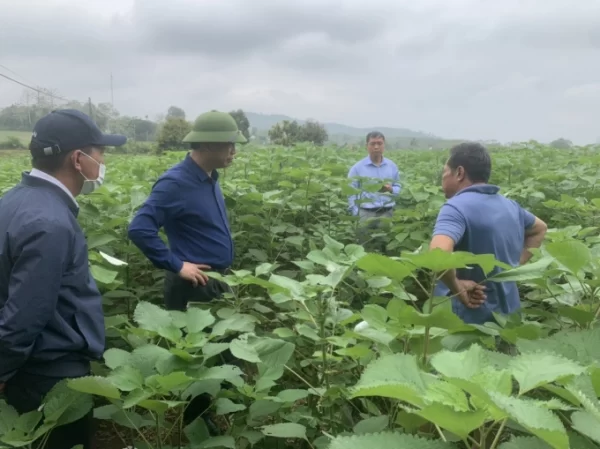
The 5- year model of growing ramie in Dang Trong Quan’s household, Nghia Mai commune, Nghia Dan district (Nghe An). Photo: Hong Giang.
The leaves are used to make cakes, which are very special cakes named “banh gai”.
In some places, people also use ramie leaves to make tea instead of green tea. If there are abundant leaves, people cook them to feed animals or compost them as fertilizers for crops. The stems and branches of the plant are used as paper making materials. Its root is an anti-inflammatory, anti-convulsant and bleeding medicine.
However, for a long time, ramie has not been given proper attention and has not been exploited to its full value. It is often considered as an auxiliary plant, so it is only intercropped in gardens or wastelands along rivers and streams.
In Nghe An, the plant grows naturally in most localities. People use it to make medicine, especially the leaves are used to make cakes in Anh Son district. The cake is known a famous specialty named “bánh gai Xứ dừa”.
Recently, people have planted ramie seeds on an area of more than 4 hectares to get leaves to make cakes. Currently, there are 17 cake making facilities in the district, creating regular jobs for about 50 workers. .
For growing ramie for yarn, An Phuoc Investment and Trade Group Joint Stock Company has invested in a yarn processing factory in Cam Tu commune, Cam Thuy district (Thanh Hoa) as well as expanded the raw material area in the provinces of Thanh Hoa, Hoa Binh, and Son La.
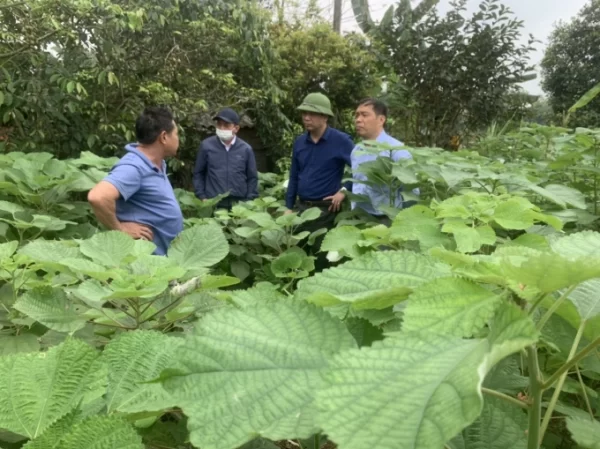
Experimental planting in Nghe An shows that the ramie is very suitable and has many development prospects. Photo: Hong Giang.
Up to now, the model site in Dang Son commune has failed due to flooding. The model site in Lam Son commune is still being harvested.
Dang Trong Quan who implemented a pilot ramie farming said that AP1 Boehmeria nivea grows and develops well.
“It’s easy to grow and the plant has few pests and diseases. Each year, he could harvest four or five times, giving an average total income of VND100-120 million per ha per year,” he said.
However, the difficulty was that the area was not large enough so he had to wait to harvest times to get enough volume to transport to the factory.
Although new technical advances have been applied in production in Nghe An Province, its agricultural production still have shortcomings, especially in many areas where crops are affected by pests and diseases. For examples, in 2018, the province had 6,158 ha of organge but by 2020, the orange growing area was only 4,735 ha.
In 2020, the province had 13,479 ha of cassava but 2,000 ha experienced with cassava mosaic disease.
Therefore, the introduction of ramie farming is a right direction to change the crop structure, especially crop rotation for crop areas heavily damaged by pests and diseases.
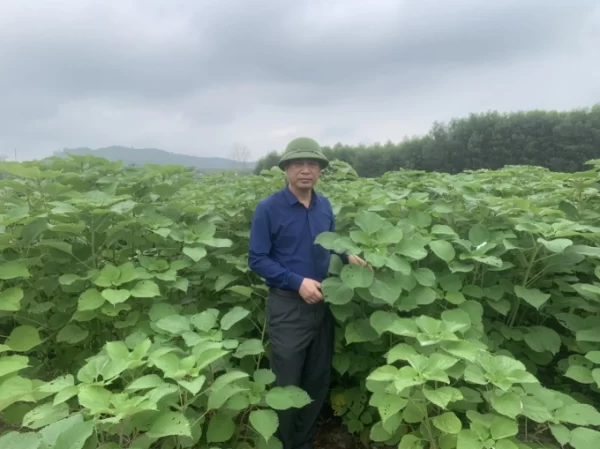
Ramie only need to be planted once and can be saved for 10 years, very sustainable. Photo: Hong Giang.
Seeing a great potential for a ramie growing area as a raw material area in Nghe An, Nghe An Department of Agriculture and Rural Development directed the Agricultural Extension Centre to study and build a model of AP1 ramie on unproductive lands.
AP1 ramie is seen growing well in Do Luong and Nghia Dan districts, having a high yield and bringing higher incomes than many other crops like sugarcane or cassava.
Besides, the investment for AP1 ramie for the first time is not much higher than planting sugar cane or cassava. Ramie tree can have its root stand for up to ten years. Moreover, the productivity and income of following years are higher than the previous year, the output of ramie bark is contracted by An Phuoc Investment and Trade Group Joint Stock Company for up to ten years. The risk of the parties breaking the contract is very low.
However, ramie farming in Nghe An still faces difficulties such as fragmented land area, modest raw material area.
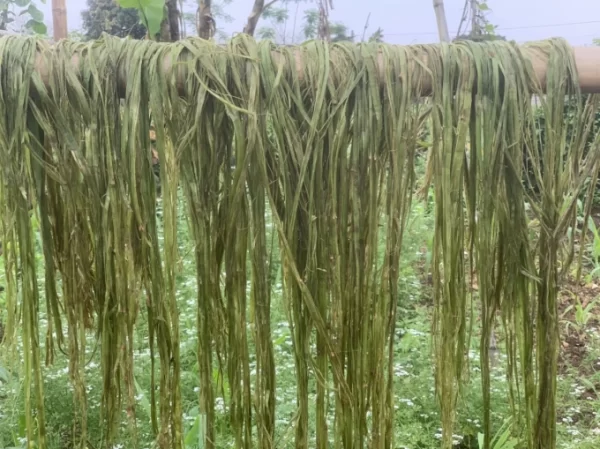
Ramie is very useful in daily life and agricultural production. Photo: Hong Giang.
Moreover, ramie can be harvested four to five times, so it requires human resources to harvest. However, currently it is very difficult to hire workers at the harvesting time. Other by-products from ramie have not been researched and made use of.
To develop a raw material area to ensure production, transportation and processing, planning for ramie is required. At the same time, it is necessary to have a separate support policy for the development of ramie to encourage people to make initial investment, transport and sell products, create a large enough raw material area, as well as conduct research on the use of the plant that would help increase incomes for producers.
Author: Nguyen Hong Giang
Translated by Hien Anh
